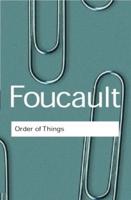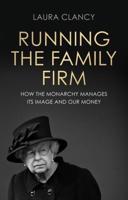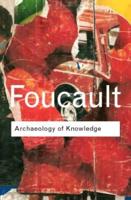Publisher's Synopsis
First published in 1998, this book links the forces of innovation and automation positively by shifting the focus on human-machine interactions from the current, technology-centred approach, to one where sharing is evolved and creativity is no longer suppressed. It provides a unique way of understanding innovation in organisations, by using an environmental interaction approach to understand creativity and its translation into innovatory behaviour. The current dampening of creativity in organisations is made meaningful by explaining organisational behaviour in terms of rituals. The author succinctly assembles the current evidence that the prevailing technology-centred approach to automation is in part responsible for the inability of humans to be creative in work situations. Many of the behavioural constraints necessary for this type of automation paralyse the translation of creativity into innovatory behaviour. In producing an antidote to the technology-centred approach, he moves beyond current human-centred thinking, to an approach where humans and machines share by using the same processes that underlie the sharing between humans. This sharing-centred approach to automation is explained and illustrated. Throughout the book the current state of human-machine interactions is illustrated with vignettes from aviation, medicine and from organisations. The book also discusses three pictures of future human-machine interactions of the flightdeck, in primary care medical practice, and in boardrooms of major organisations. The main readership includes all who are interested in innovation and organisational development, especially in the technology based industries and services such as healthcare, transportation, manufacturing and information systems; it provides essential new ideas for senior executives, strategic consultants, specialists in organisational behaviour and human resources, members of regulatory agencies and other government facilities, and academicians and researchers.











